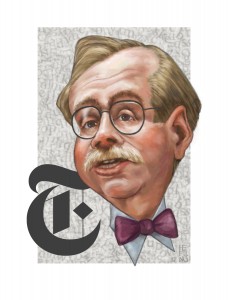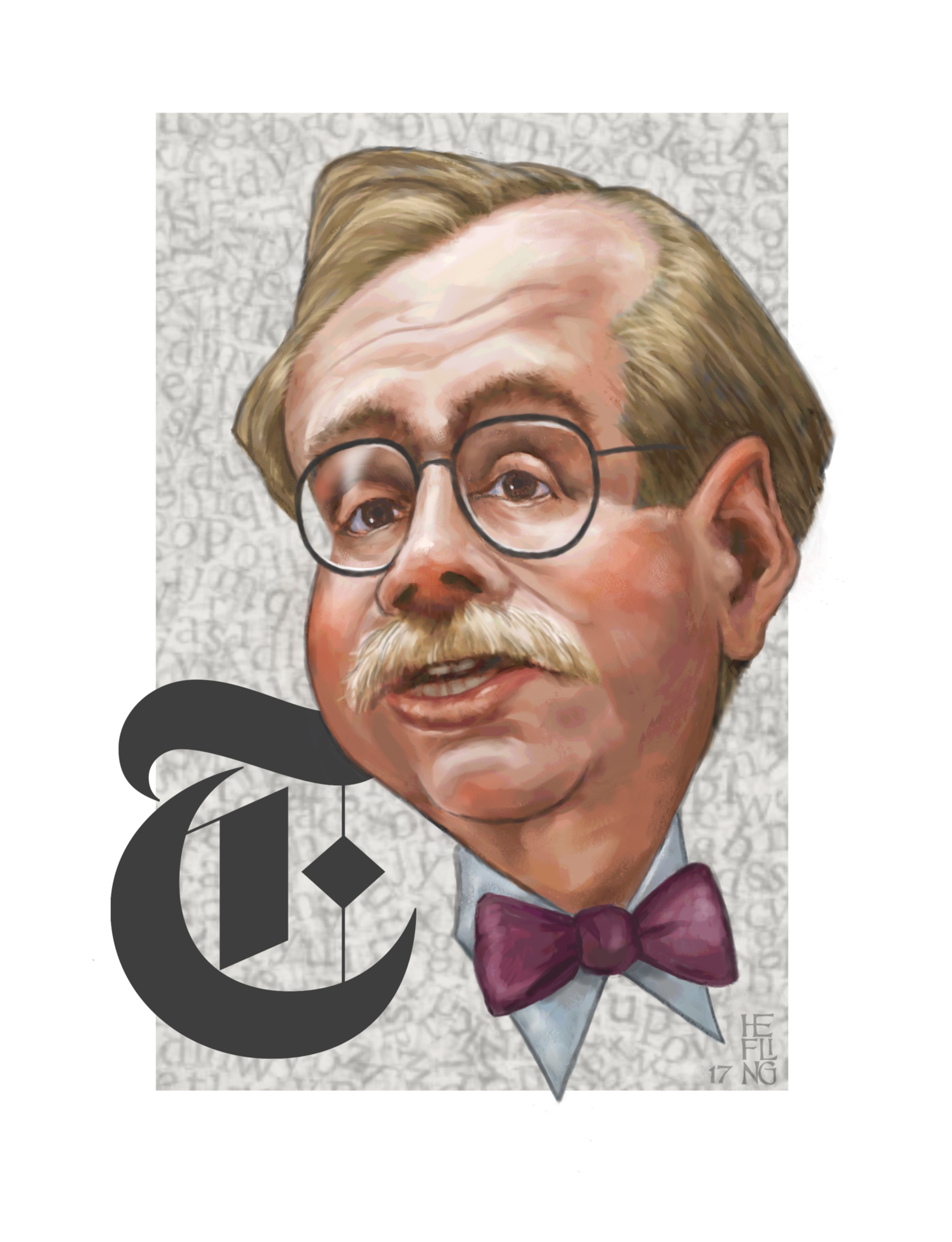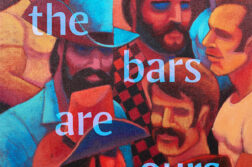WHEN PEOPLE open The New York Times today, they’re met with same-sex wedding announcements, stylish gay trends, and in-depth coverage of GLBT political and cultural issues. This represents a seismic shift that occurred quite recently in the newspaper’s history, and much is owed to the groundbreaking work of journalist Jeffrey Schmalz when he worked there in the 1980s and early ’90s. Schmalz died of AIDS at age 39 in November 1993.
From our vantage point today, it seems strange that The Times, known for its tradition of liberalism on social issues, failed to embrace GLBT issues sooner than it did. The paper didn’t even allow the use of the word “gay” until 1987, preferring the semi-pejorative “homosexual,” belying the editors’ disapproval, if not hostility, toward the people so identified. Before Schmalz began covering AIDS and other gay-related issues, articles on these topics were uniformly pejorative or, at best, ambivalent in tone.
Jeffrey Schmalz grew up in Willow Grove, Pennsylvania, where he knew two things early on: that he was gay, and that he wanted to be a journalist. While a sophomore at Columbia University, he wrote an audacious letter to The Times saying that, while he didn’t come from a rich family, hadn’t attended private school, and wasn’t “the sort of person you’d normally hire,” he was exceedingly talented, and they should hire him—which they did. He started as a copy editor on the night shift, the bottom rung of the newsroom ladder. He dropped out of Columbia to work full-time, deciding that he had found his life’s vocation working for a paper that he revered.







